AQA A-Level History: Unit 1H - Tsarist Russia (1855-1917)
1/54
Earn XP
Description and Tags
Covers key events, terms, themes, and dates in the history of Tsarist Russia from 1855 up to the abdication of Nicholas II in 1917.
Name | Mastery | Learn | Test | Matching | Spaced |
|---|
No study sessions yet.
55 Terms
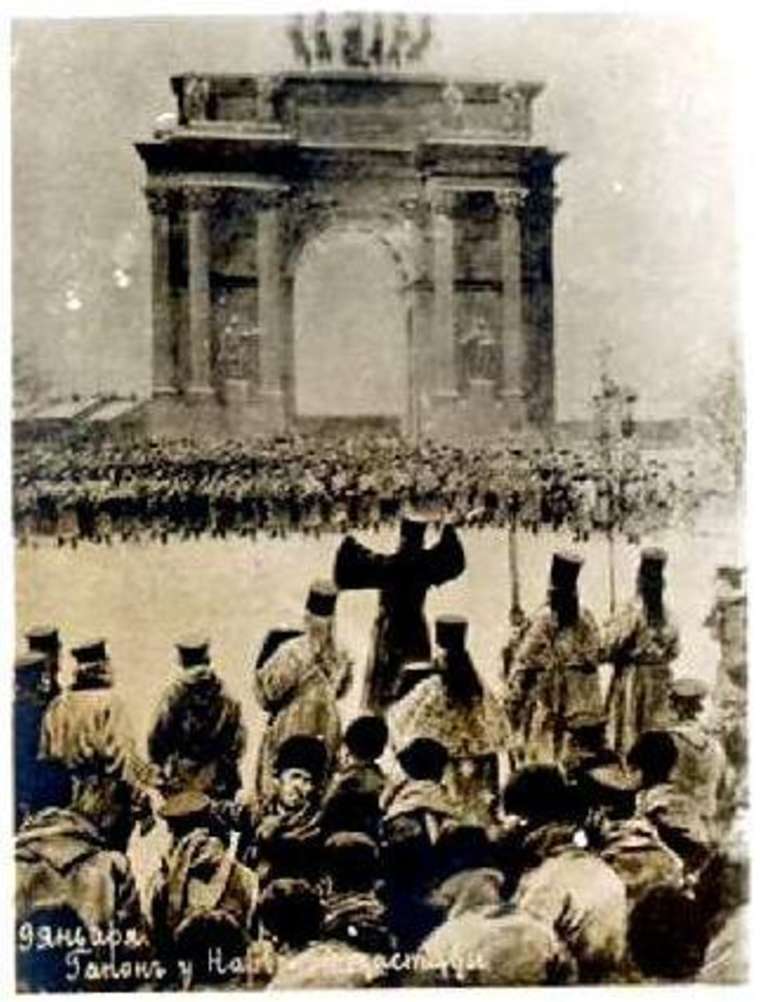
On what date and year did Bloody Sunday / Red Sunday occur?
January 22, 1905 (Modern Calendar Date)
January 9, 1905 (Old Calendar Date)
On what date and year did Nicholas II abdicate?
March 15, 1917 (Modern Calendar Date)
March 2, 1917 (Old Calendar Date)
Who won the Russo-Japanese war?
Japan emerged victorious, marking a significant defeat for Russia. This conflict highlighted Russia's military weaknesses and contributed to domestic unrest. The war concluded with the Treaty of Portsmouth in 1905, solidifying Japan's status as a major world power.
Who won the Crimean War?
The United Kingdom and its allies (France, the Ottoman Empire, and Sardinia) defeated Russia in the Crimean War. The war was fought over issues related to the decline of the Ottoman Empire and resulted in Russia's defeat and the Treaty of Paris.
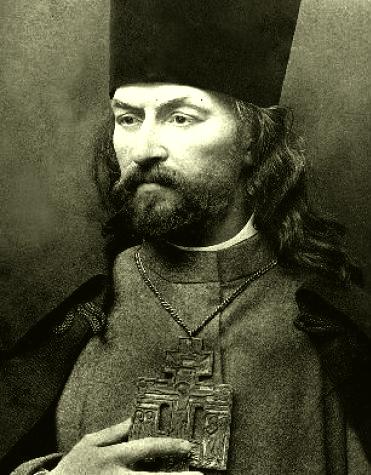
What was the name of the priest who led the Bloody Sunday march in 1905?
Georgy Gapon
(Father Gapon)
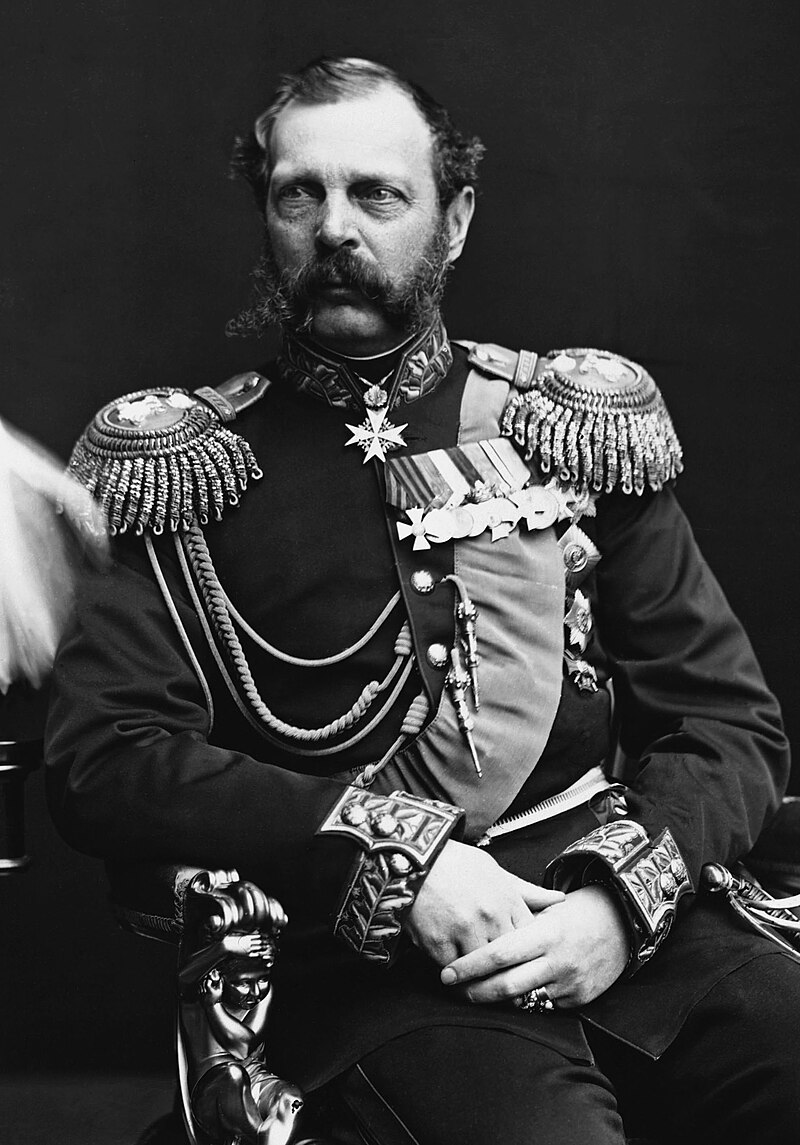
What year did Alexander II become Tsar of Russia?
1855
What year was the Emancipation Edict issued?
1861
What year was Alexander II assassinated?
1881
During what years did the Russo-Turkish War take place?
1877-1878
What year did Alexander III introduce the “Statute of State Security”?
1881
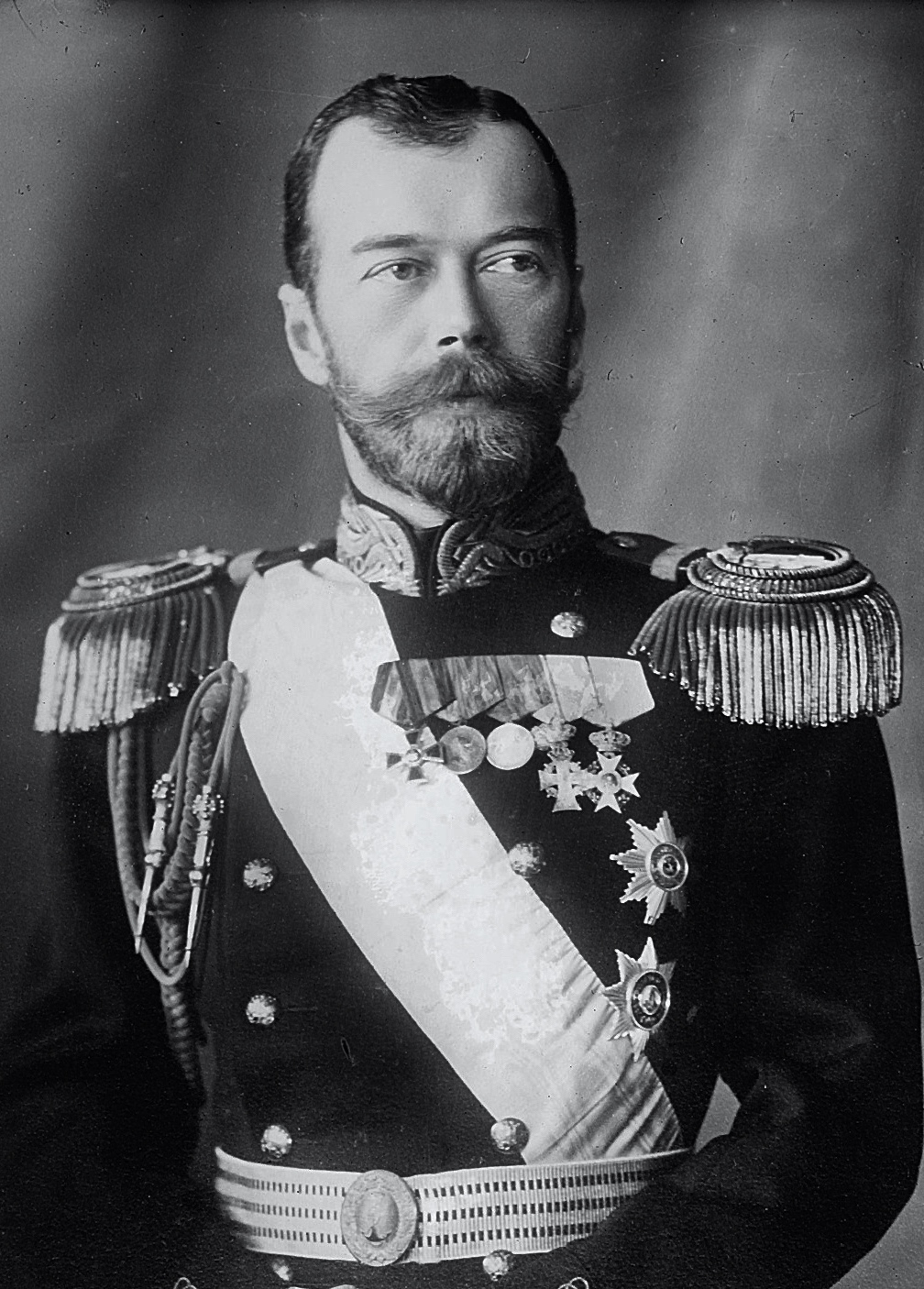
What year did Nicholas II become Tsar of Russia?
1894
During what years did the Russo-Japanese War take place?
1904-1905
When was the “October Manifesto” issued?
October 30, 1905 (Modern Calendar Date)
October 17, 1905 (Old Calendar Date)
In what year was the first State Duma convened?
1906
In what year was Stolypin’s “Agrarian Land Reform Decree” issued?
1906
In what year did Russia enter World War I?
1914
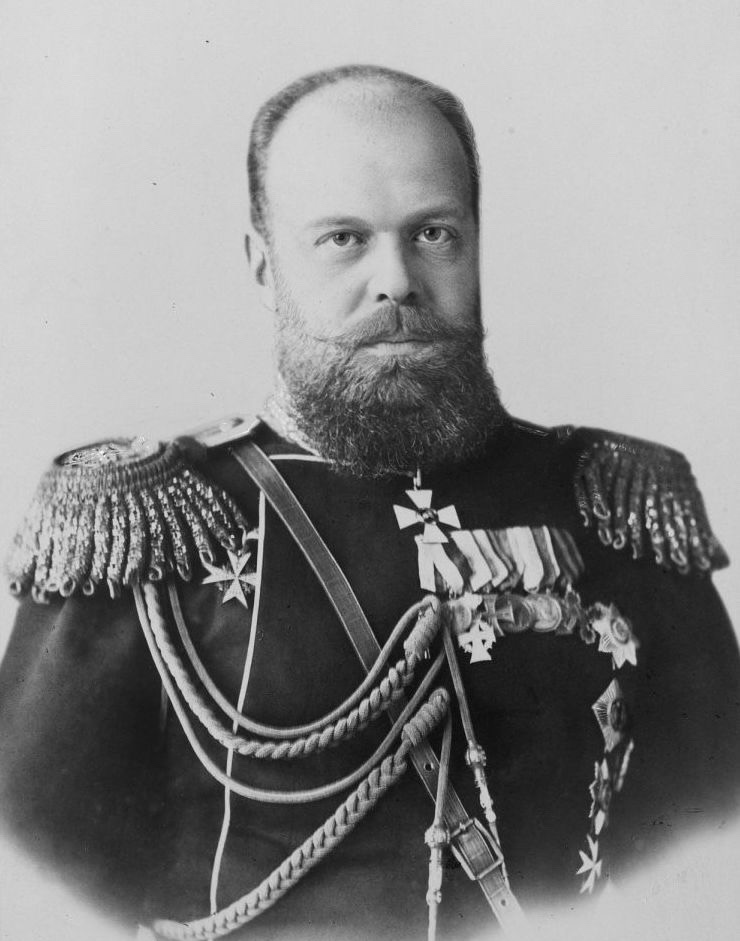
What year did Alexander III become Tsar of Russia?
1881
During what year did the “February Revolution” take place?
1917

What year was Pyotr Stolypin assassinated?
1911
What was the “Emancipation Edict”?
A decree issue by Alexander II, freeing the serfs.
Define “Zemstvo”
Local self-governing bodies established in 1864 under Alexander II.
What is “Russification”?
A policy under Alexander III to enforce Russian language and culture across the empire.
What is the “Okhrana”?
The Tsarist secret police.
What was the “October Manifesto”?
A document promising political reforms, including the establishment of the Duma.
Define “Autocracy”?
A system of government where one person holds absolute power, as in Tsarist Russia?
What was the “Provisional Government”?
The temporary government established after Nicholas II’s abdication.
What was “The People’s Will” (i.e. Narodnaya Volya)
A radical populist group that assassinated Alexander II.
What were “Redemption Payments”?
Payments that freed serfs had to make to the government for land after their emancipation.
Define “Pogrom”
Violent mob attacks on Jewish communities, often tolerated or encouraged by the state.
What were “The Fundamental Laws”?
An edict of Tsar Nicholas II to reaffirm his autocratic power after the October manifesto.
On what month and year were “The Fundamental Laws” passed?
April 1906
What powers did “The Fundamental Laws” grant to the Tsar?
The right to rule independently of the Duma when it was not in session.
The right to dissolve (close) the Duma at any point.
Power to change the electoral system.
Power to appoint ministers he wanted to the Council.
Made him sole commander of the army and navy, giving him military power to crush any uprising
Define “Mir”
A traditional peasant village commune responsible for local land redistribution.

Who was Alexander II?
Tsar of Russia (1855-1881)
Known for emancipating the serfs.
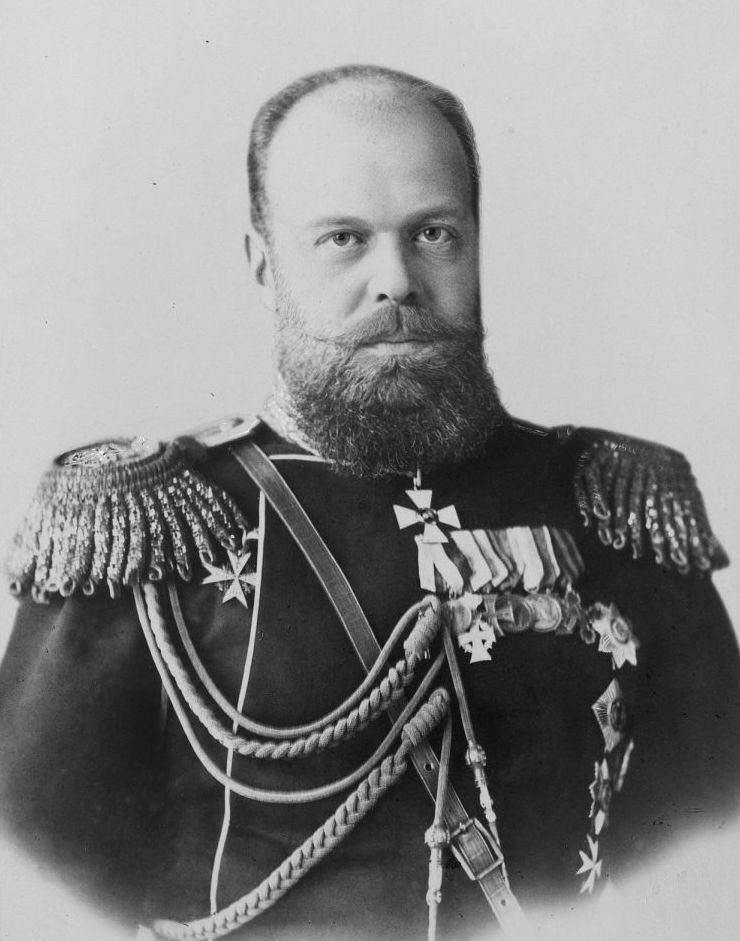
Who was Alexander III?
Tsar of Russia (1881-1894)
Known for his reactionary and repressive policies.
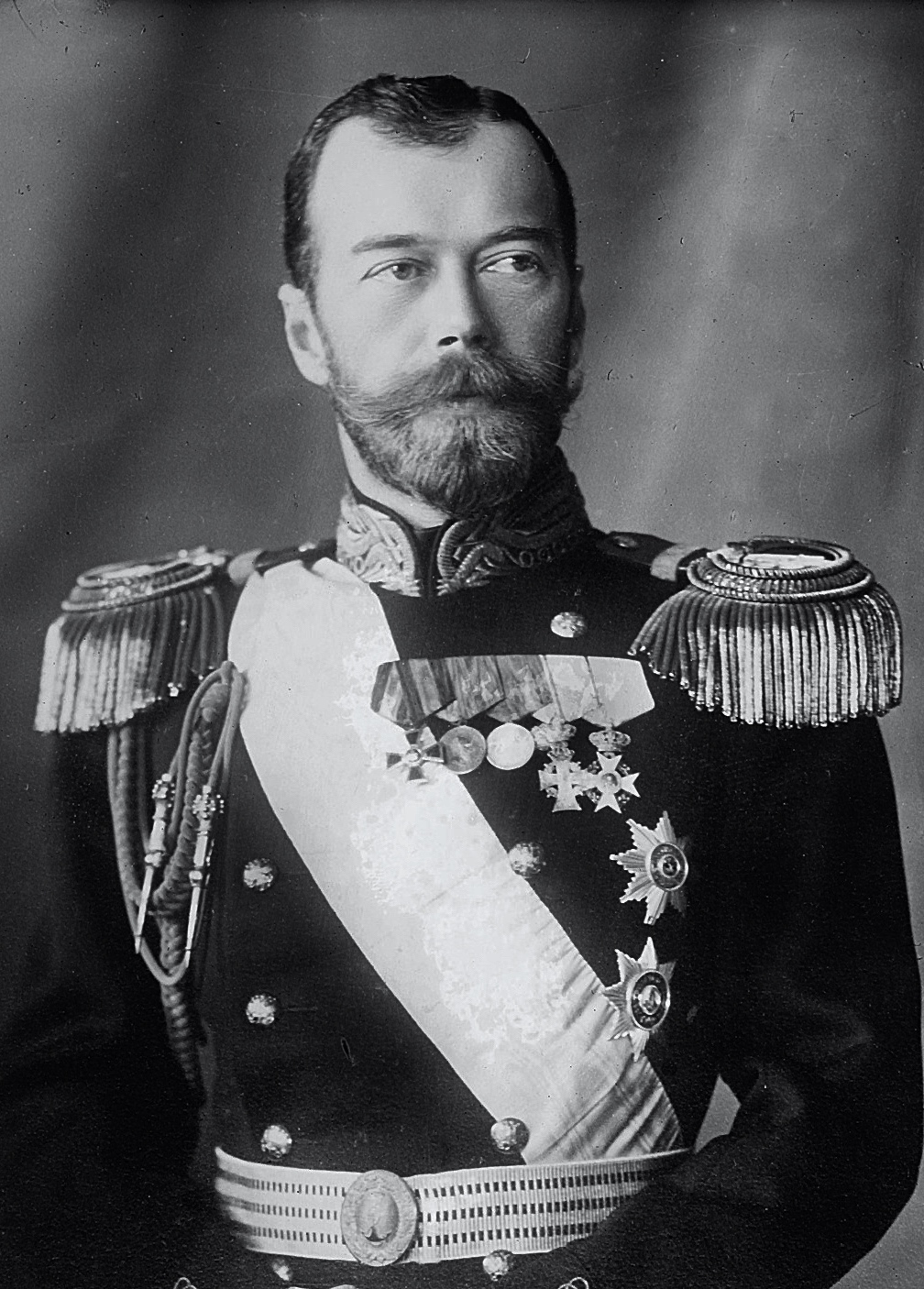
Who was Nicholas II?
The last Tsar of Russia (1894-1917)
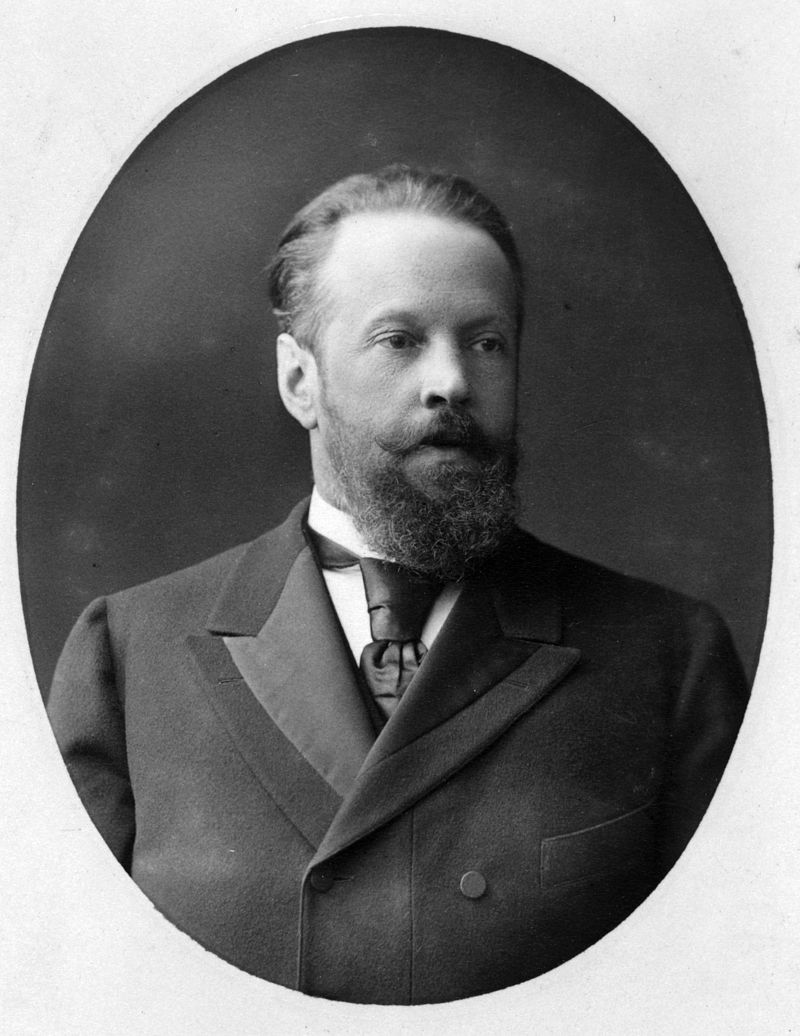
Who was Sergei Witte?
Minister of Finance (1892-1903)
1st Russian Prime Minister (1905-1906)
Known for advancing Russia’s industrialisation as the Minister of Finance, and negotiating the end of the Russo-Japanese war.

Who was Pyotr Stolypin?
3rd Prime Minister of Russia (1906-1911)
Minister of Internal Affairs (1906-1911)
Known for agrarian reforms and the harsh repression of dissent.
Who was Vladimir Lenin?
Founder and leader of the Bolsheviks.
Describe the key features of “Marxism”
A political philosophy
Focuses on the “mode of production” as the primary influence on all social relations
Views technological progress related to production as the cause of breakdown between existing social relationships (i.e. class struggle)
Emphasises the class struggle inherent in capitalism between those who own the “means of production” (i.e. the bourgeoisie) and those who produce goods and services (i.e. the proletariat)
What is “Populism” in the Russian context?
A revolutionary ideology emphasising the role of peasants in achieving social reform. Advocates like the Narodniks believed the peasant commune (Mir) was key to building socialism.
What was Russian Social Democratic Labour Party (RSDLP)?
A socialist political party founded in Russia in 1898, that later split in 1903 due to disagreements between the two factions of the Bolsheviks and Mensheviks.
Define “Bolshevism”
The faction led by Lenin within the RSDLP advocating for a small, disciplined party of professional revolutionaries to lead a socialist revolution.
Define “Menshevism”
A faction of the RSDLP that believed in gradual revolution through mass membership and co-operation with the bourgeoisie class.
What were the core ideas of “Socialism” in Russia?
The belief in the redistribution of wealth, abolition of private property, and collective ownership of land and resources.
Russian socialism included divers movements like the Socialist Revolutionaries and Marxists.
What is “Liberalism”?
A political ideology advocating for individual freedoms, constitutional governance, and limited monarchy.
Some reformist members of the Russian intelligentsia and Zemstva supported this idea.
What are some causes of the 1905 revolution?
Social unrest
Military defeat in the Russo-Japanese War
Bloody Sunday
How did Stolypin attempt to address peasant unrest?
Through land reforms encouraging private ownership and dismantling the commune system.
Why did the Dumas fail to bring political reform?
The Tsar restricted their power and vetoed progressive policies.
Why did Alexander III reverse his father’s reforms?
He believed liberal reforms threatened autocracy and stability.
What role did industrialisation play under Witte?
Accelerated economic growth but worsened social and working conditions.
Why was the Russo-Japanese War significant?
Russia’s defeat humiliated the empire and exposed military and leadership weaknesses.
What was the impact of World War I on Tsarist Russia?
Exacerbated economic hardship
Military failures
Loss of support for the Tsar
What were some of the aims of Alexander II’s reforms?
Modernise Russia
Stabilise Russian society
Address growing peasant unrest
What was the significance of Bloody Sunday?
Destroyed Tsar’s image as the “benevolent father” of the people
Fuelled revolutionary activity